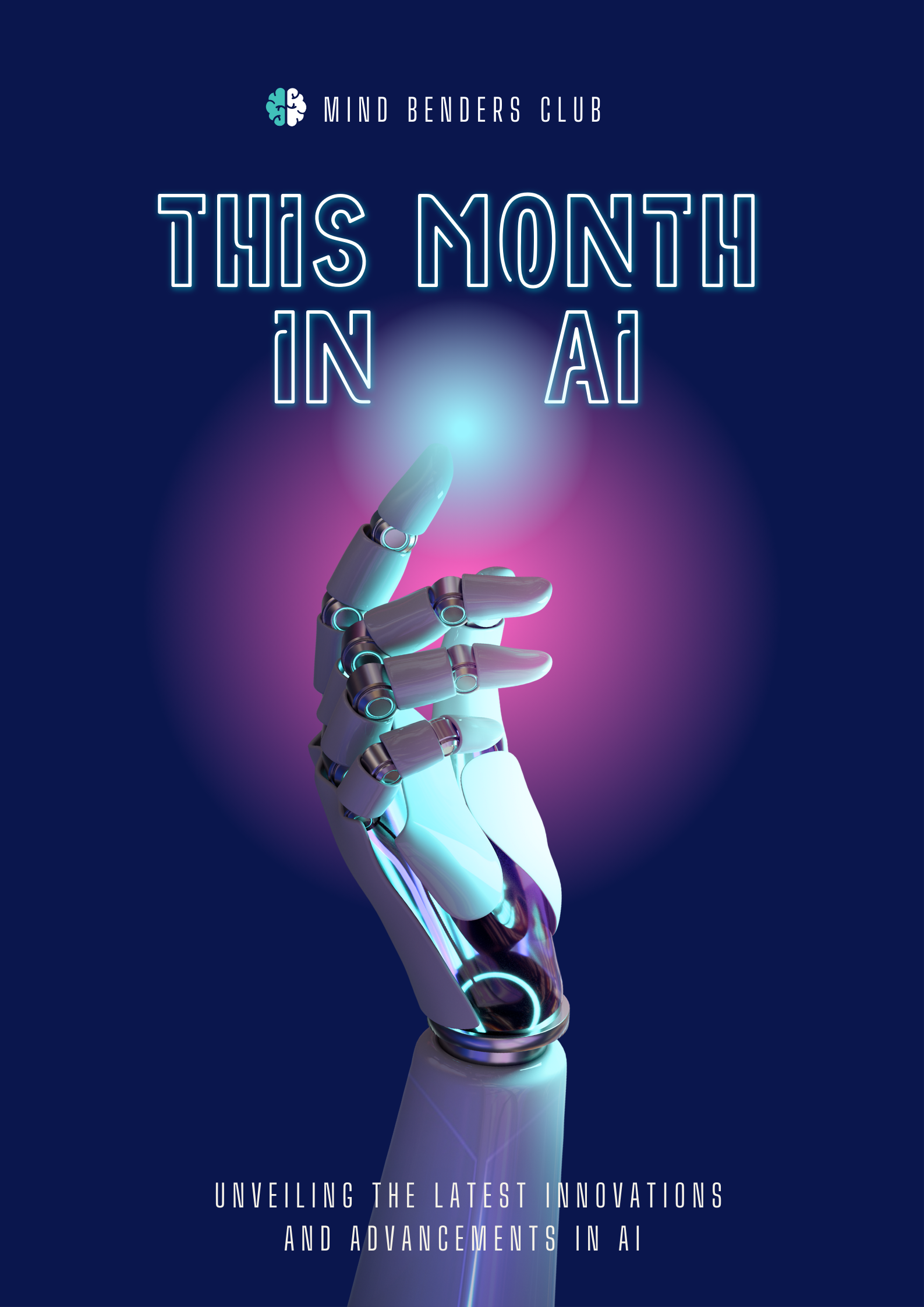
Unlock the Power of BingAI: Experience the Future, Today! 1
Microsoft has made Bing AI accessible to the public, eliminating the waitlist requirement. Users can now try out the AI bot by signing in to Bing using their Microsoft account on the Edge browser. The latest update introduces several exciting features powered by OpenAI's technologies.
Also, Bing AI now supports rich "visual answers," displaying graphs, charts, and formatted content. The Bing Image Creator has been upgraded to support over 100 languages, enabling the generation of AI images based on text prompts and visual examples. Additionally, users can export and share chats, benefit from improved summarization capabilities for long documents, and enjoy actions within Edge for quicker access to relevant content. Microsoft is also developing third-party plug-ins to expand functionality within Bing Chat.
LinkedIn's Intelligent Assistance: Craft the Perfect Job Application 2
LinkedIn is reportedly testing an AI-powered feature that provides personalized writing suggestions for job seekers, aiming to help them create tailored job applications. The feature generates short cover letter-like messages using information from the user's profile, the hiring manager's profile, the job description, and the targeted company. While the AI-generated drafts serve as a starting point, LinkedIn emphasizes the importance of customization and encourages users to review and edit the suggestions to reflect their own voice and style.
This development builds upon LinkedIn's existing AI writing tool for profile creation. The adoption of AI in job application drafting reflects the growing interest in artificial intelligence, with its potential to enhance user experiences and improve outcomes in various industries, including recruitment and career development.
YOLO-NAS: Revolutionizing Object Detection with Unprecedented Precision 3
Deci AI, a deep learning firm, has unveiled YOLO-NAS, its latest deep learning model designed for real-time object detection with remarkable performance. Built on Deci's Neural Architecture Search Technology, AutoNAC™, YOLO-NAS outperforms other models like YOLOv6, YOLOv7, and YOLOv8, including the recently launched YOLOv8. AutoNAC democratizes Neural Architecture Search, enabling organizations to create customized, fast, accurate, and efficient deep learning models quickly.
YOLO-NAS delivers superior throughput, achieving 50% more throughput and 1 mAP higher accuracy compared to other YOLO models. It is pre-trained on popular datasets, making it suitable for various real-world applications. The open-source model is available with pre-trained weights for non-commercial research use on Deci's PyTorch-based computer vision training library called SuperGradients.
Introducing StarCoder: Free Code-Generating Assistant 4
Hugging Face and ServiceNow Research have jointly released StarCoder, a free code-generating model that offers an alternative to existing AI systems like GitHub's Copilot. StarCoder, part of the BigCode project, was trained on over 80 programming languages and integrates with Microsoft's Visual Studio Code editor. Unlike other commercial models, StarCoder is royalty-free and available for use by anyone, including corporations.
The project aims to develop state-of-the-art AI systems for code generation in an open and responsible manner. StarCoder's release comes amidst debates around the use of public source code and licensing agreements for training AI models, with efforts made to address privacy concerns and adhere to ethical best practices.
Geoffrey Hinton: AI's Threat Could Be 'More Urgent' Than Climate Change 5
In a recent interview, renowned AI pioneer Geoffrey Hinton expressed his concerns that the threat posed by artificial intelligence (AI) to humanity could be even more urgent than climate change. Hinton, often referred to as one of the "godfathers of AI," believes that the risks associated with AI technology are significant and warrant immediate attention. Having recently left Alphabet, Hinton intends to speak out about these risks without any constraints from his former employer. As the debate around AI's impact on society continues to unfold, Hinton's remarks highlight the need for careful consideration and proactive measures to ensure the responsible and ethical development and deployment of AI technologies.
Accelerating the Quest for New Metals: ML Offers a Promising Solution 6
Machine learning could help develop new types of metals with useful properties, such as resistance to extreme temperatures and rust, according to new research. This could be useful in a range of sectors—for example, metals that perform well at lower temperatures could improve spacecraft, while metals that resist corrosion could be used for boats and submarines. Usually they start off with one well-known element, like iron, which is cheap and malleable, and add one or two others to see the effect on the original material. It’s a laborious process of trial and error that inevitably yields more duds than useful results. Researchers from the Max Planck Institute managed to identify 17 promising new metals using this method.
Revolutionizing ML: Researchers Unveil a More Agile Approach 7
Artificial intelligence researchers have celebrated a string of successes with neural networks, computer programs that roughly mimic how our brains are organized. In 2020, two researchers at the MIT led a team that introduced a new kind of neural network based on real-life intelligence — but not our own. After a breakthrough last year, the novel networks may now be versatile enough to supplant their traditional counterparts for certain applications.
Liquid neural networks offer an elegant and compact alternative , said Ken Goldberg, a roboticist at the University of California, Berkeley. These networks can run faster and more accurately than other so-called continuous-time neural networks, which model systems that vary over time
- https://blogs.microsoft.com/blog/2023/02/22/the-new-bing-preview-experience-arrives-on-bing-and-edge-mobile-apps-introducing-bing-now-in-skype/↩
- https://www.linkedin.com/pulse/how-ai-can-help-you-land-your-dream-job-step-by-step-hemachandran/↩
- https://deci.ai/blog/yolo-nas-object-detection-foundation-model/↩
- https://techcrunch.com/2023/05/04/hugging-face-and-servicenow-release-a-free-code-generating-model/amp/↩
- https://theconversation.com/ai-pioneer-geoffrey-hinton-says-ai-is-a-new-form-of-intelligence-unlike-our-own-have-we-been-getting-it-wrong-this-whole-time-204911↩
- https://www.technologyreview.com/2022/10/25/1062104/machine-learning-new-metals↩
- https://www.quantamagazine.org/researchers-discover-a-more-flexible-approach-to-machine-learning-20230207↩



